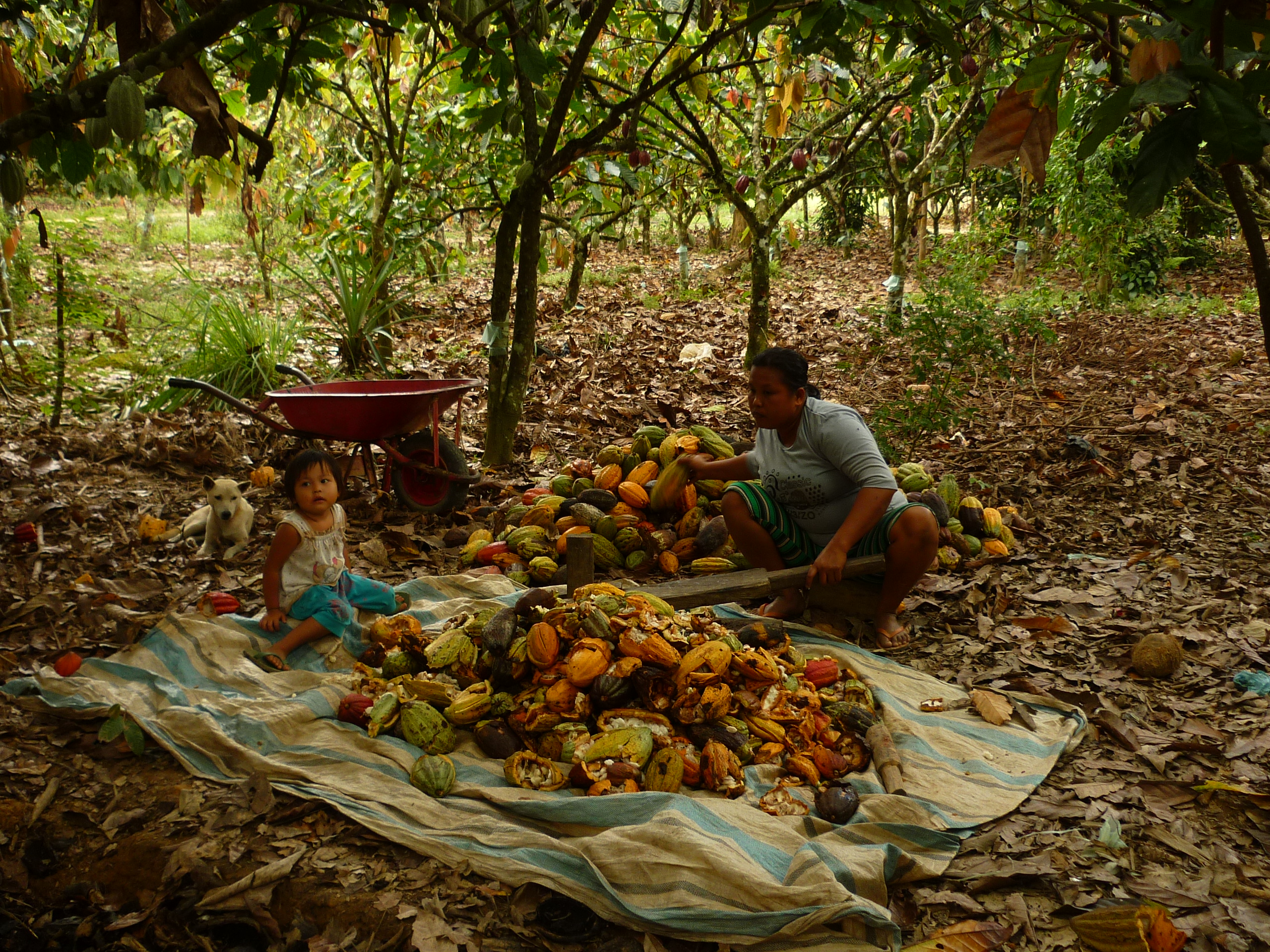Soil Restoration in Cocoa Agroforests
Diversified, shaded agroforests have been recognized as viable systems for ecosystem service conservation and can also provide economic safety-nets to farmers. Despite these benefits, the intensification of cocoa cultivation areas happens at the cost of tree diversity loss and conversion of natural forest. While they provide higher yields in the short-term, monoculture or low-shade plantations are ecologically unstable systems: eventually, increasing crop losses due to pests and disease, and decreasing crop yields due to tree age and soil deterioration lead to decreasing cocoa returns.
In order to further understand the complex interactions between soil structure, water and nutrient use efficiency, and subsequent yields, we investigate the impact of tree diversity and management choices on soil fertility and plant productivity.
The project’s principal objectives are to:
- Quantify the interactions between cacao agroforest typology and input management, and the effects on SOM stabilization and aggregate dynamics.
- Determine the impact of management choices on nutrient use efficiency and plot productivity in cacao agroforests.
- Provide new insights in the mechanisms linking water use efficiency and nutrient use efficiency through soil structure elements.
- Evaluate farmer perceptions and knowledge about soil processes and quality, and how these influence decision-making regarding management practices.
For further information contact Johan Six ().


